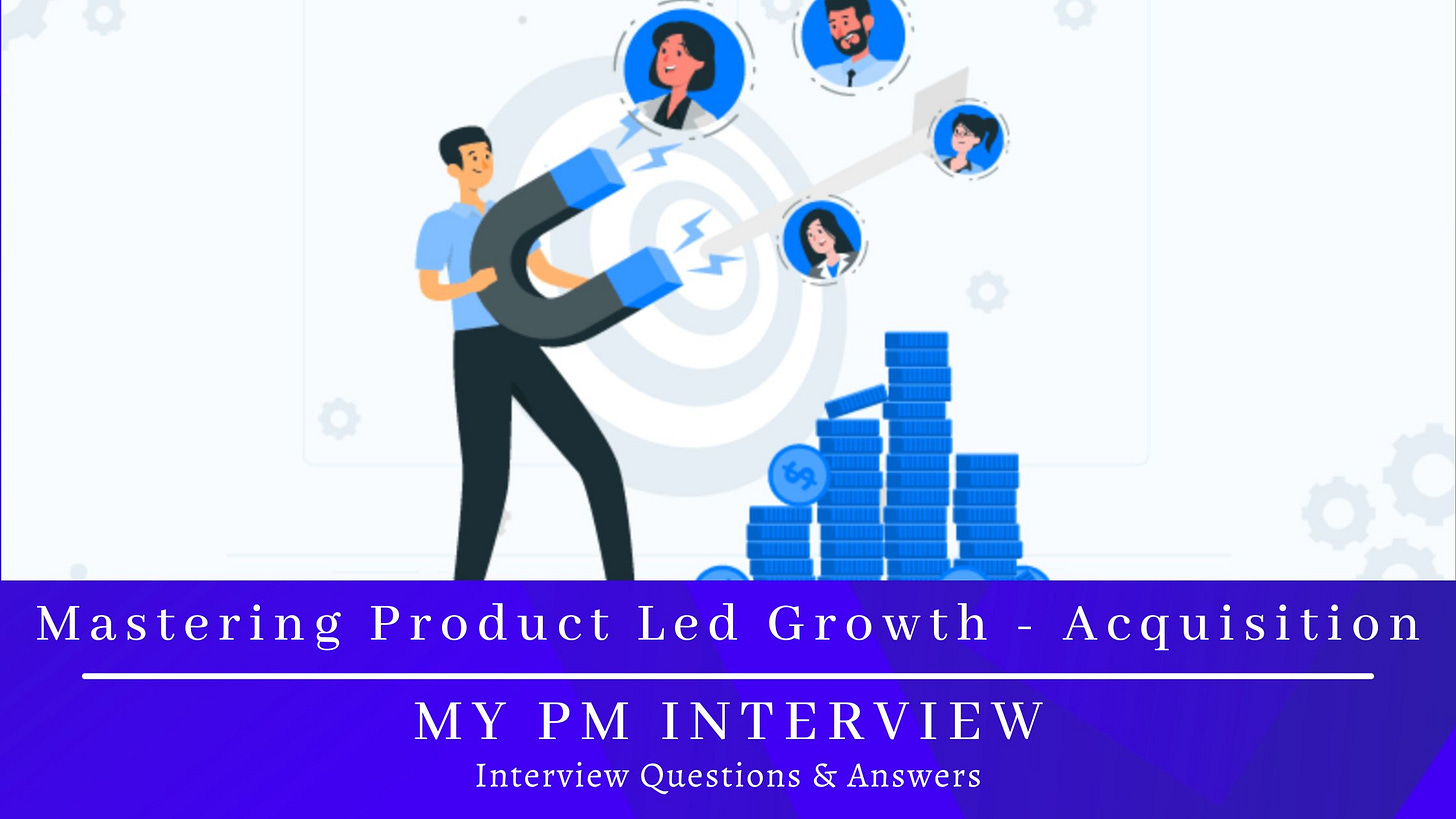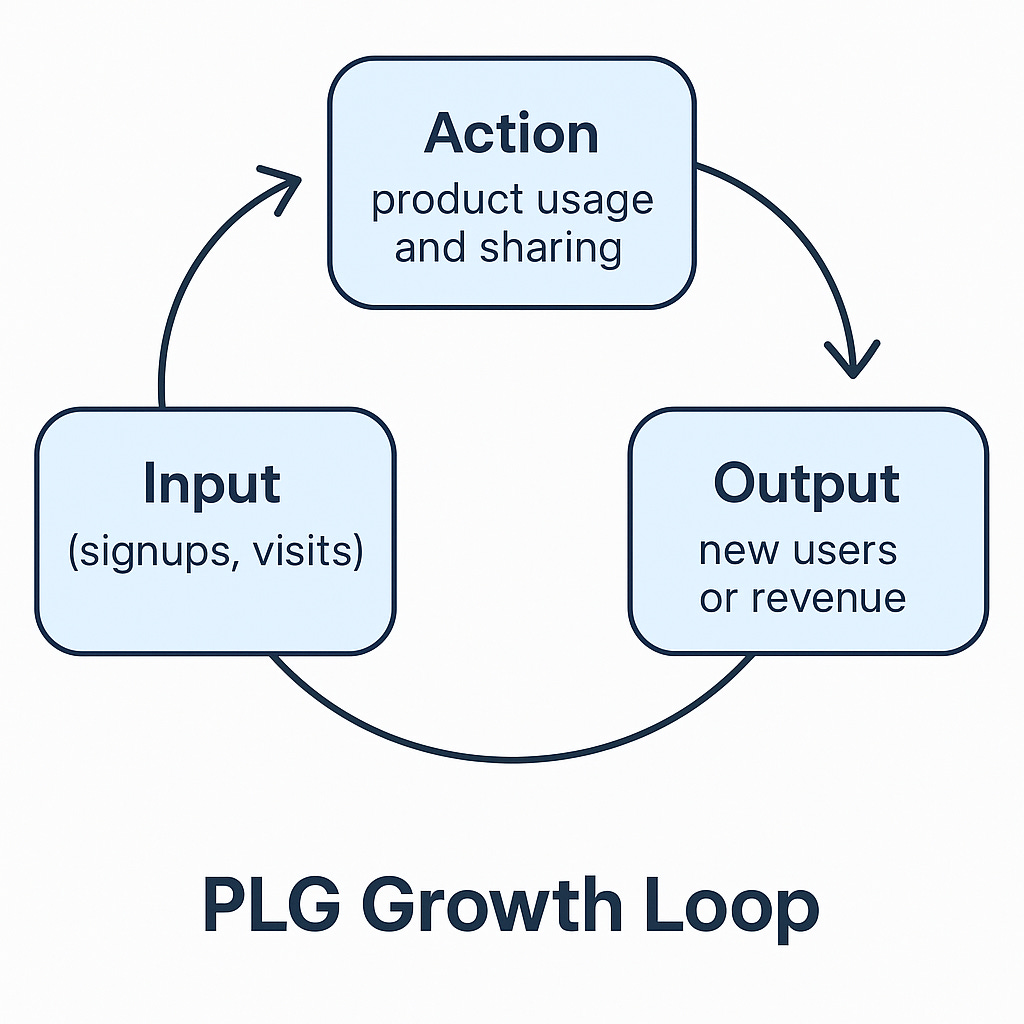Mastering Product Led Growth - Acquisition
Unpacking Viral Loops, Content Engines, and Product-Assisted Strategies to Drive Scalable Product-Led Growth Acquisition
Topics covered:
Viral Growth Loops
Content Loops
Templates, Community Forums, and Insights
Measuring New Teams vs. Expansion
Finding the Ideal First User (Ability vs. Motivation)
Selling to Buyers
Product-led growth (PLG) flips traditional sales-led acquisition on its head by using the product itself as the primary acquisition engine. In PLG models, new users are attracted by trying or using the product first (free trials, freemium, etc.), which lowers friction and cost of acquisition. Practically, PLG acquisition strategies fall into three broad categories: viral loops (peer-to-peer sharing), content-based (educational and community content), and product-assisted (blending self-serve with sales touchpoints). For example, Slack, Dropbox and Atlassian are often cited as viral-oriented PLG leaders.
Meanwhile, companies like Notion and Carta supplement their product with rich content – Notion’s public template gallery and Carta’s educational “Carta Classroom” – to drive discovery. A hybrid “product-assisted” model lets prospects freely use the product but also offers demos or sales handoffs at key moments. As one guide notes, product-assisted growth lives between sales-led and pure PLG: users can sign up and try without a salesperson, but must engage sales to purchase. In practice this means hooking users into a free version first (self-serve acquisition), then handing qualified leads to sales later.



